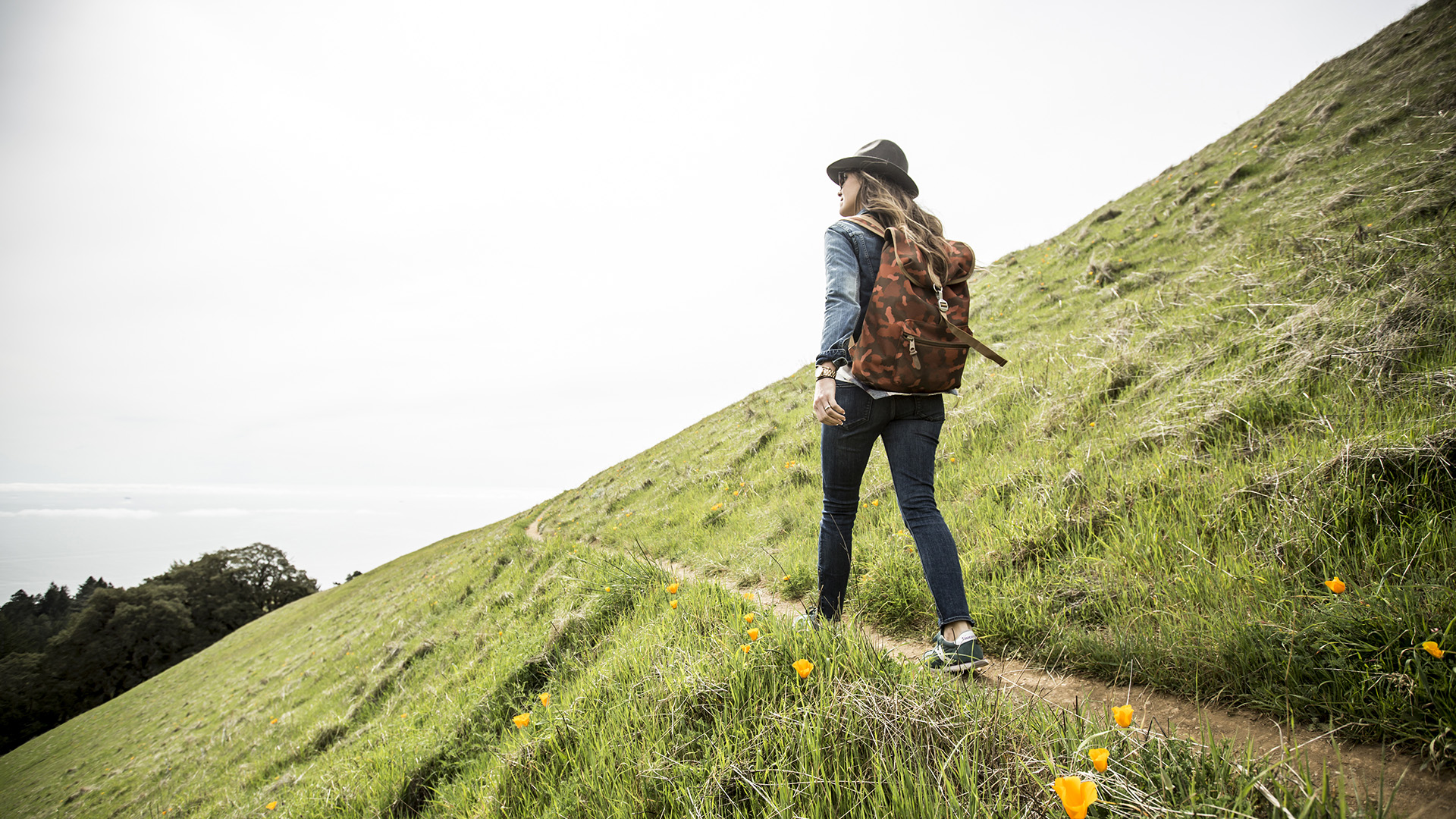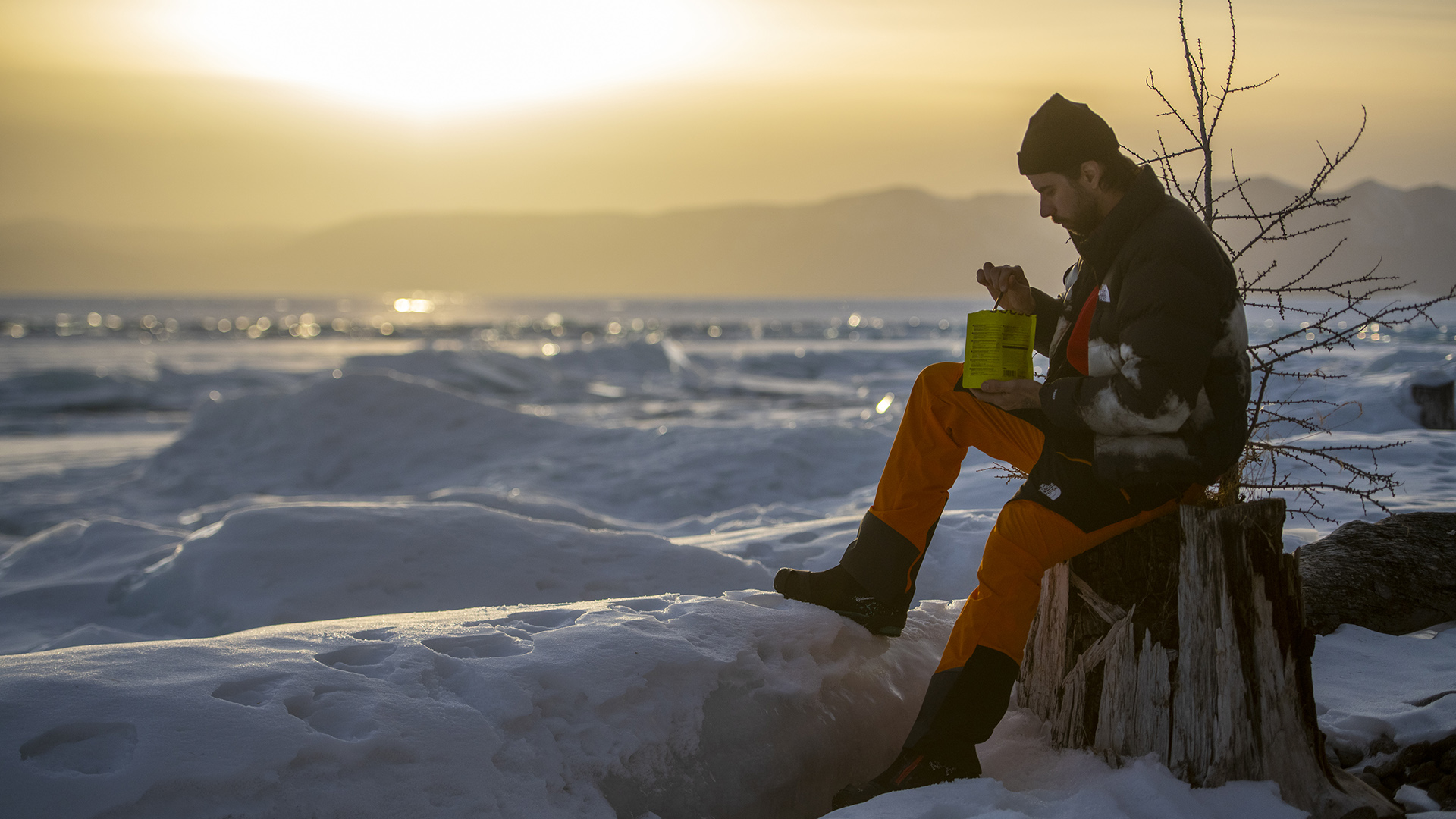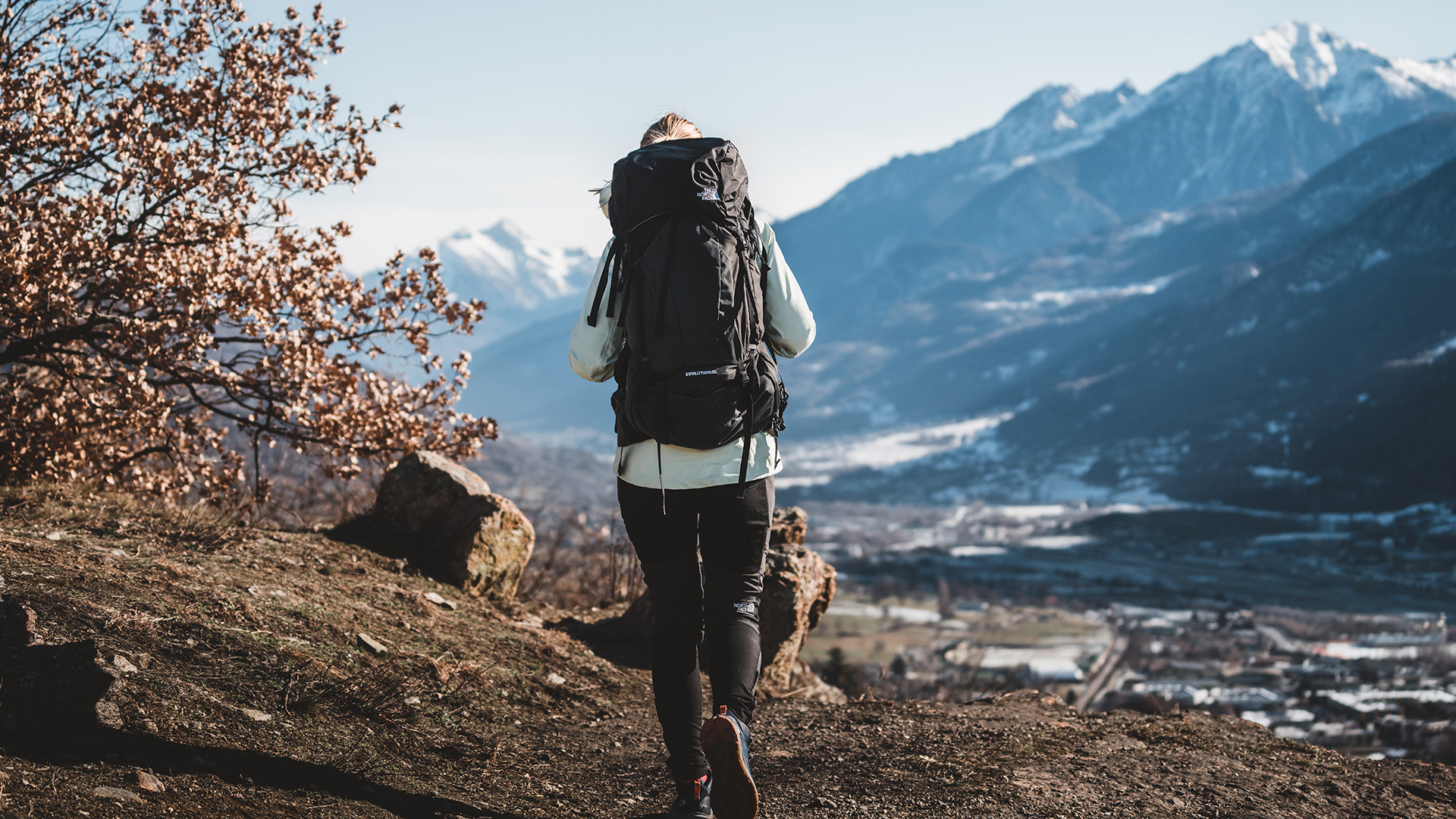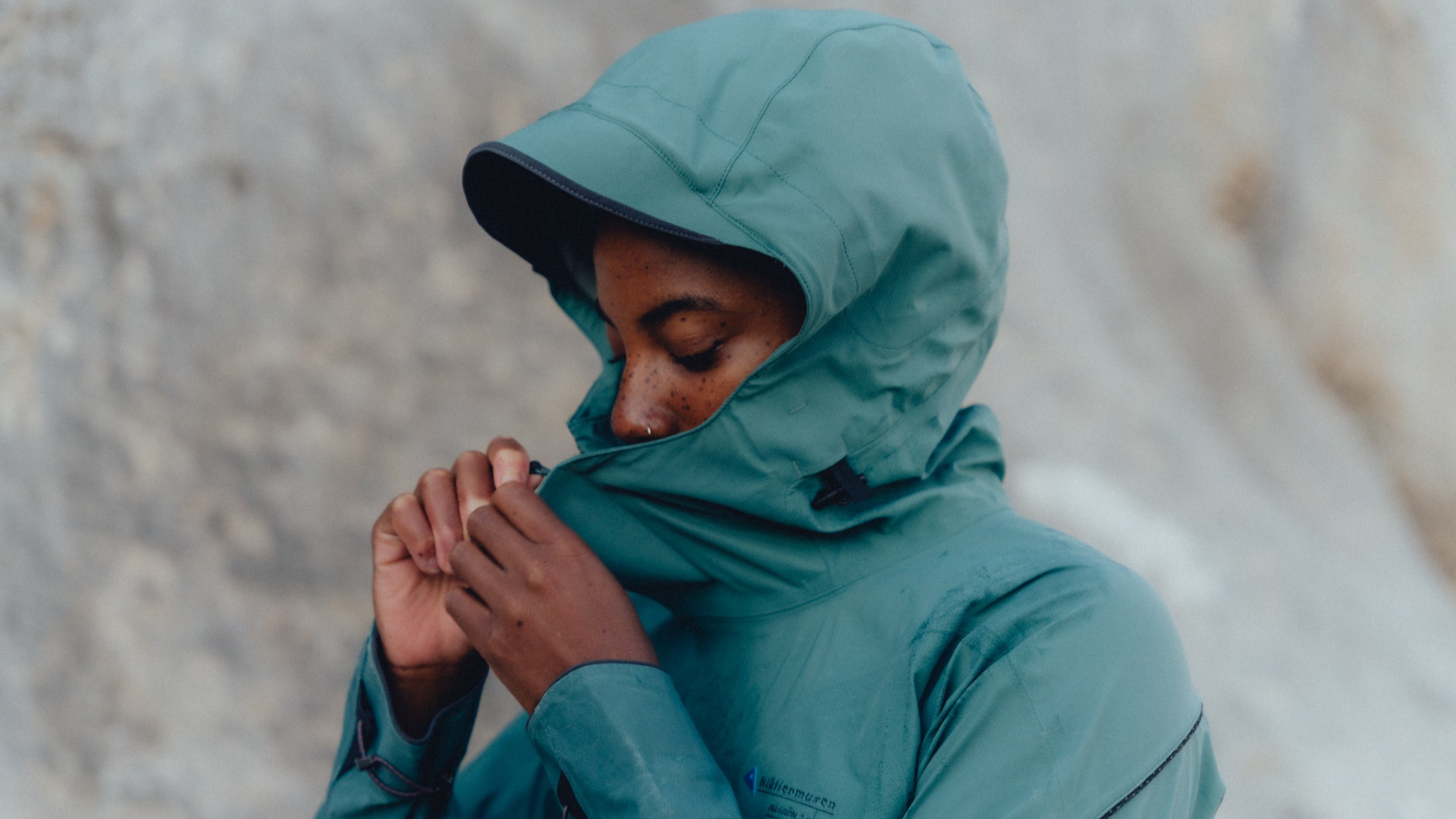12 camping and hiking tips I wish someone had told me when I started
Don't make the mistakes I made when I started out


Leave no trace refers to the practice of packing up all your rubbish and taking it with you when you're out and about – there should be no trace of your visit when you leave a trail or a camping spot. That's one of the many tips I wish someone had told me before I started hiking and camping more.
After years of roaming the countryside, clocking up miles and visiting some of the most extraordinary places in the world, I collected 12 hiking and camping tips every beginner should know about, from why it is okay to hike alone to how joining a walking group can make time spent outdoors more enjoyable. Ready to explore the Great Outdoors like a pro? Let's go.
1. You can hike alone
Lots of hiking guides online state that you should never go walking alone. This is rubbish - unless you’re in bear country (unlikely in Blighty!), hiking solo can be perfectly safe and really enjoyable. Just take a few safety precautions if you go it alone – plan your route properly, check weather conditions and let someone know where you’re going and how long you’ll be.

2. Temperature matters
A good sleeping bag and camping mat are the key to staying cosy at camp, and the best way to make sure you’ve got the right camping kit is by checking their warmth ratings.
The best sleeping bags come with a specific measure of how warm the bag can keep you and are usually split into up to three categories – you’ll see ‘comfort’, ‘limit’ and ‘extreme’ temperature ratings listed for most sleeping bags. ‘Comfort’ is the optimum temperature at which you’ll feel warm and comfortable - look for a bag with a comfort rating lower than you expect to encounter on your coldest camps.
The best camping mats, on the other hand, have something called an R-value, which tells you how warm your new mat is to sleep on (this measures its capacity to resist heat loss, hence "R"). The higher the R-value, the more insulating it’ll be. Broadly, an R-value below 2 is best for summer use, 2 to 4 will suit three-season use, and winter campers should look for 4 or above.
3. Water-resistant does not mean waterproof
This should be self-explanatory, but you should always choose fully waterproof gear, be it waterproof jackets or backpacking tents. Steer clear of anything marked 'showerproof' or 'water-resistant'. Read more about this in Pat's excellent explainer here: How to stay dry outdoors – Understanding the hydrostatic head rating of your jacket.
Get all the latest news, reviews, deals and buying guides on gorgeous tech, home and active products from the T3 experts

4. Camping food doesn’t have to be boring
Camping food has a bad rep for being all about boring noodles and ration packs. While basic one-pot meals are fine for wild camping and lightweight adventures, if you’re in a proper campsite and you can bring lots of kit with you can cook yourself up a real feast in the great outdoors. Buy a good camping stove or, even better, invest in a cast-iron skillet, stick it over a wood fire and whip up all manner of goodies – skillet brownies, anyone?
5. Don’t forget your headtorch
Not only are these a godsend when you’re looking for somewhere nettle-free to pee when camping, but you can also point a headlamp into a plastic milk bottle full of water to create a cosy makeshift camping light. Read T3's best headtorch guide for more info on this hiking/camping essential.
6. Join a walking group
Bored of walking alone? There are plenty of hiking groups you can join to meet outdoorsy mates. The Ramblers is the largest walkers' rights organisation in Great Britain and a great place to find like-minded people to hike with. Or check Facebook for local groups hiking in your area.
7. You don’t need all the gear
You don’t need to spend hundreds on the best hiking boots or the best tents when you first give hiking or camping a go. Look for affordable high street brands, shop second-hand online or borrow a kit from friends to work out what you need – and what you don’t – before investing.
Yes, a posh hiking kit is important for tackling serious routes, and a top-of-the-range tent will be the best for tough mountain conditions – but if you’re going on a casual walk, you can wear trainers, and a supermarket pop-up tent will do you fine for your first weekend of camping if you’re on a budget.

8. Practice navigation and route planning
There are plenty of beginner-friendly ways to get into walking, which will build your confidence in navigation and your hiking ability. Try downloading an easy, step-by-step walk from the internet and taking it, along with a map, to an area you already know to practice following directions. Or try walking along a signed coast path – as long as you keep the sea on the right side of you; you’ll know exactly where you are.
9. Don’t go 'phone-only'
Never rely on just your phone or anything else electronic for navigation – technology has a tendency to go wrong just when you need it the most. Always carry a map with you. In Britain, Ordnance Survey (or OS) maps are the most commonly carried by walkers – plan a route on your phone using the Komoot app and check both your phone and the map as you hike.

10. Work out how long your hike will take
To work out how long it’ll take you to walk a certain distance, allow one hour for every three miles you measure on a map (a twenty-minute mile is roughly correct for most adults) and add an extra 30 minutes for every 1,000 feet of elevation you climb.
11. Choose the right boots
Before you head out on a hike, you need the right boots on your feet to take on the trail in comfort. Hiking boots are usually made of either leather or fabric – leather is naturally waterproof and warm but can be heavier than fabric boots and may need to break in.
Fabric boots, on the other hand, are lighter and more comfortable but tend to be less durable and warm. Whichever you choose, look for boots that are fully waterproof, ideally using a waterproofing technology such as Gore-Tex and with tough, grippy rubber soles. Read our best walking boots and best women's hiking boots guides for more buying advice.

12. Pack the right kit
You’ve got the right boots – so what else do you need in your backpack for a day hike? Make sure you pack a waterproof jacket, waterproof trousers, sunscreen, sunhat and sunglasses in your hiking backpack (which should also have a waterproof rain cover; see above) in case the weather suddenly changes, plus extra warm layers (e.g. a quality fleece jacket). Carry plenty of water, and pack snacks if you’re out for more than an hour or two. A physical map in a waterproof case is a must-pack, and a small first aid kit is a sensible addition.

Sian Lewis is an award-winning travel and outdoors writer, author and influencer. She's the author of popular blog and book The Girl Outdoors, and when
she isn't writing or travelling she spends most of her time hiking, cycling and wild swimming across Britain, testing out the latest adventure gear and clothing as she goes.